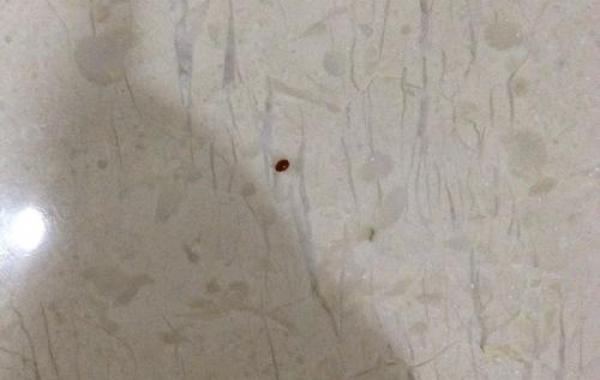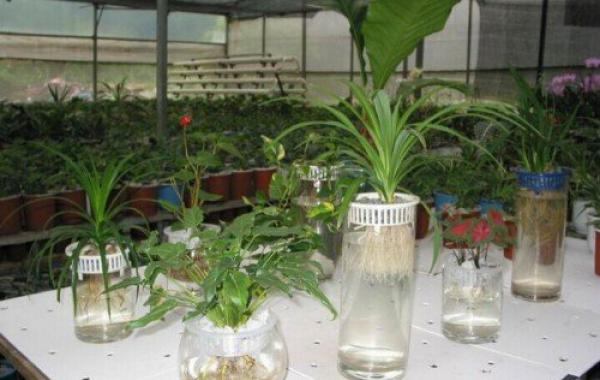Rain Water is big, how to manage the flower greenhouse?
In summer, rainfall increases because of aging agricultural facilities, market leakage, or low-lying terrain, many greenhouses have coarse water, humidity is too high. The production of pathogens, first of all, the humidity requirements are relatively high, wet rain, the humidity in the greenhouse may reach 100%, which is very beneficial to the germination of spores; secondly, the rise in temperature is also very beneficial to the growth of mycelium, they can quickly invade the host, causing disease. Continuous high temperature and rainy weather can continuously produce multiple infection cycles, which is very favorable for large-scale outbreak of diseases.
High temperature can reduce the dispersibility of biocolloids, ester compounds into layers, enzyme activity decreased, and serious damage to cell structure. High temperature also affects the respiration intensity of plants, resulting in the inhibition of carbohydrate synthesis in plants. Dissimilation is greater than assimilation, especially under the conditions of insufficient light and high temperature, the reverse growth of plants is serious. Producers in the production management, should be in line with the prevention of plant protection policy, so as to prevent problems before they occur.
In order to prevent large-scale outbreak of greenhouse horticultural plant diseases, producers need to do the following two things: one is to treat the environment, the other is to lose no time to apply pesticides.
Some practitioners believe that the disease is not significant, as long as good ventilation will not cause harm to crops. In fact, it is not, the growth environment as a whole continues to deteriorate, the plant becomes weak, the combination of the two, it is the flower serious disease period.
For example, if the environment in which flowers grow is not thoroughly treated, the breeding germs will be transmitted through the following ways: first, the temperature in the second half of the night will drop slightly, and the water droplets on the leaves of the plants will be mixed with germs from stomata; second, mechanical damage to the plants, pathogenic bacteria will invade from the wound, and when encountering high temperatures of 28 degrees Celsius to 35 degrees Celsius, the ventilation is not good, the germs in the greenhouse are clustered, and the disease will occur very quickly; 3. Soil-borne diseases will increase with the increase of substrate moisture and the decrease of root activity.
Therefore, attention should be paid to:
1. After draining the ground, treat it, spray lime powder, carbendazim, etc. under the seedbed and on the walkway on the ground;
2, need to increase ventilation efforts, especially at night ventilation, internal circulation efforts should be increased;
3. Increase the proportion of potassium fertilizer and calcium fertilizer, cultivate healthy plants, and improve the resistance function of plants to diseases;
4. Spray systemic and preventive pesticides at the right time to eliminate pests and diseases before they are harmed;
5. When diseased plants are found, they should be removed from the greenhouse in time for deep burial or burning.
Related
- What if the leaves of potted flowers turn yellow?
- Florescence Control of several Flowers
- Anti-freezing technology and post-freezing nursing technology of flowers
- What is the classification of flowers? What are the common methods of flower classification?
- Prevention and control of alkali and acid damage of flowers in courtyard
- Technology of Anti-freezing and restoring growth of Flower seedlings in greenhouse and greenhouse
- How does flower fertilization not hurt the root? Fertilization technology of flowers
- Key points of disinfection in flower greenhouse
- Several pesticides that are banned or used cautiously in flowers
- How to fertilize the flowers that watch the leaves?



